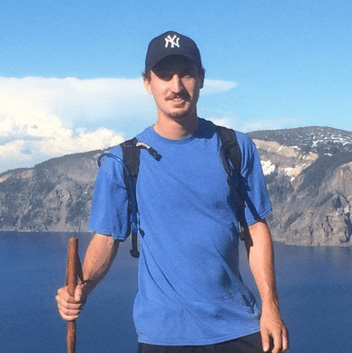
Research Highlights
Research Interests
Evaluating reef persistence using a carbonate budget approach.
John Morris, Ph.D.
Postdoctoral Associate, NOAA’s Atlantic Oceanographic and Meteorological Laboratory
305.707.4236
4301 Rickenbacker Causeway
Miami, Florida 33149
Dr. John Morris joins NOAA’s Atlantic Oceanographic & Meteorological Laboratory as a Postdoctoral Associate working within the Ocean Chemistry and Ecosystem Division’s Coral Program. He received his Ph.D from the University of Miami’s Rosenstiel School of Marine, Atmospheric, and Earth Science in 2022 and his previous research efforts include investigating the effects of ocean acidification on bioeroding sponges, habitat modelling of coral reef ecosystems using benthic and fish survey data, and evaluating coral restoration strategies in response to vessel groundings. Currently, John is focused on modelling reef persistence of Mission: Iconic Reefs as part of the Florida Regional Ecosystem Stressors Collaborative Assessment.
2017, B.S. Marine Science and Biology, University of Miami, Miami, FL
2022, Ph.D. Marine Biology and Ecology, Rosenstiel School of Marine, Atmospheric, and Earth Science, Miami, FL
- Morris, J.T., I.C. Enochs, M.S. Studivan, B.D. Young, A.B. Mayfield, N. Soderberg, N. Traylor-Knowles, G. Kolodziej, and D. Manzello. Ocean acidification influences the gene expression and physiology of two Caribbean bioeroding sponges. Frontiers in Marine Science, 10:1223380, https://doi.org/10.3389/fmars.2023.1223380 2023
Ref. 4311 - Morris, J., I. Enochs, A. Webb, D. de Bakker, N. Soderberg, G. Kolodziej, and D. Manzello. The influences of diurnal variability and ocean acidification on the bioerosion rates of two reef-dwelling Caribbean sponges. Global Change Biology, 28(23):7126-7138, https://doi.org/10.1111/gcb.16442 2022
Ref. 4167 - Morris, J., I. Enochs, N. Besemer, T.S. Viehman, S.H. Groves, J. Blondeau, C. Ames, E.K. Towle, L.J.W. Grove, D. Manzello. Low net carbonate accretion characterizes Florida’s coral reef. Scientific Reports, 12:19582, https://doi.org/10.1038/s41598-022-23394-4 2022
Ref. 4195